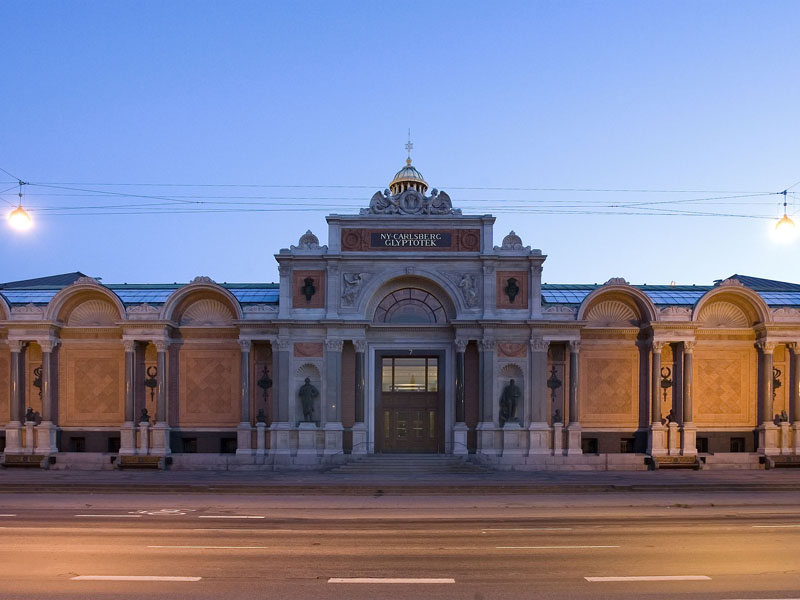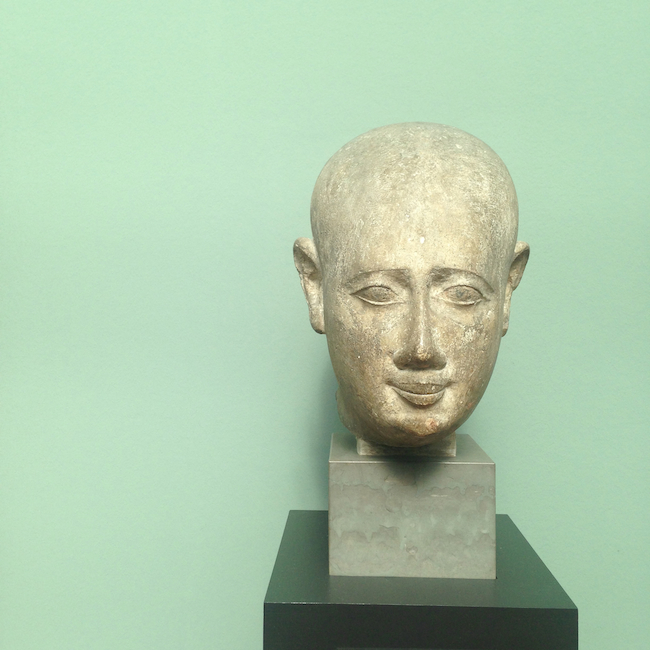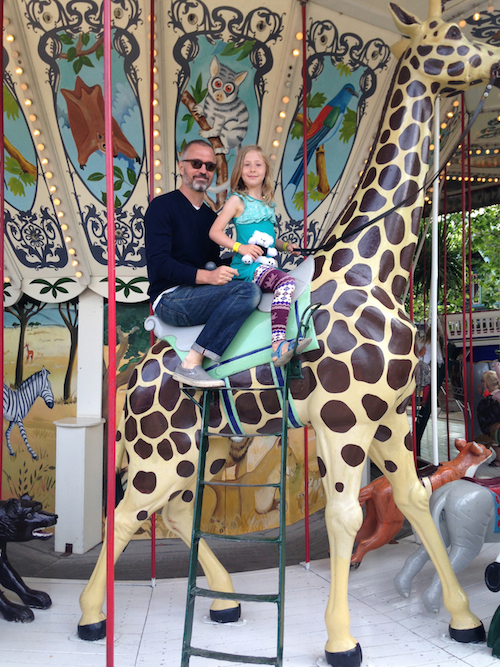 We are a little abashed to admit that this gorgeous museum was a necessary sidetrack from our itinerary, which was to spend the day with our seven-year-old Alma at the Tivoli Gardens of Copenhagen. As we approached the gates of the famed amusement park, we realized we would be best off storing our bags and having a quick bite at the fusty museum next door. “How is the cafe here?” we asked the security guard, a Danish matron with a silver bun and a graceful figure. “The food is pretty ordinary,” she said with the gentlest tone of admonishment, “but the collection is unlike any other. You must make time to see everything.”
We are a little abashed to admit that this gorgeous museum was a necessary sidetrack from our itinerary, which was to spend the day with our seven-year-old Alma at the Tivoli Gardens of Copenhagen. As we approached the gates of the famed amusement park, we realized we would be best off storing our bags and having a quick bite at the fusty museum next door. “How is the cafe here?” we asked the security guard, a Danish matron with a silver bun and a graceful figure. “The food is pretty ordinary,” she said with the gentlest tone of admonishment, “but the collection is unlike any other. You must make time to see everything.”
She was right. The Ny Carlsberg Glyptotek houses the astonishing collection of 19th century brewing magnate Carl Jacobsen, who amassed sculpture of Egyptian, Greek and Roman antiquity as well as that of French and Danish artists of his time. He also had a taste for the great Italian painters of the Renaissance and the Baroque. He was fervently committed to the city of Copenhagen, and built the Glyptoteket in stages to exhibit his growing collection. The first wings are Historicist in style, inspired by the Venetian Renaissance and richly ornamented with mosaic floors, marble columns, friezes in relief along the walls and ceiling. The later wings are more Classical in style. The two buildings are joined by a large winter garden surmounted by a glass cupola.
The buildings are a lesson in proportion. There is such harmony in the design that we were suffused with happiness as soon as we entered the galleries. Most of the sculptures are displayed on simple plinths of wood or marble. In some galleries, they are placed against the walls for maximum effect; in others, they are scattered through the space like a rush hour crowd heading home. Because the works are figural, the museum feels peopled even when it is virtually empty, as it was when we three wandered its halls last August. Also deeply inspiring for us was the use of color–in the mosaics, the stone, the velvet of drapes, the paint used on the gallery walls. The pale marble and dark granite and bronze statues seemed to radiate against the bold hues.
In no particular order, what follows is our unfiltered record of this remarkable place. (All photos ours, except the exterior shot above, which is from the web site of the Ny Carlsberg Glyptotek.)






























When in Copenhagen, be sure to reserve an uninterrupted morning for the Glyptoteket (or a whole day if you are as enamored of Egyptian and Classical antiquities as we are). And once you have exhausted its possibilities, cross the street for a ride on the Demon…or the carousel.



